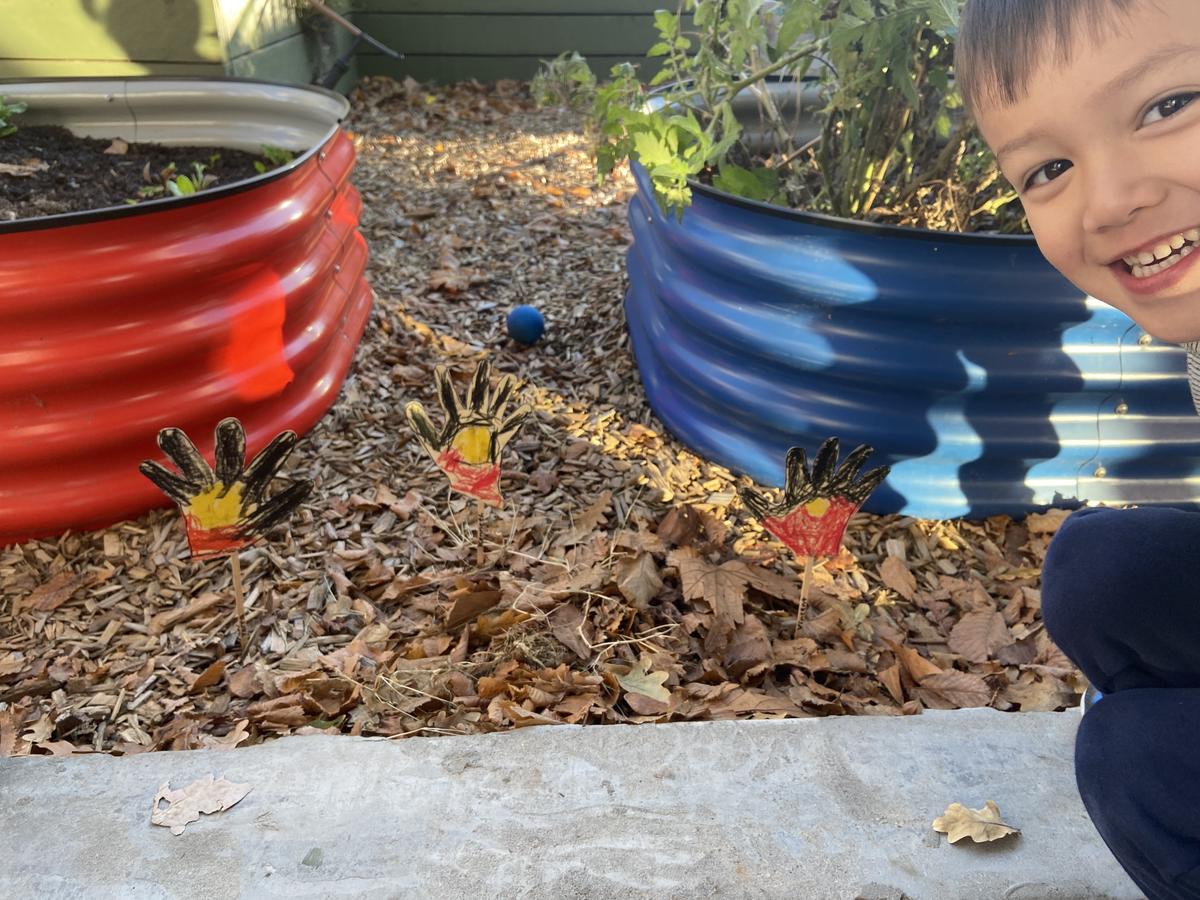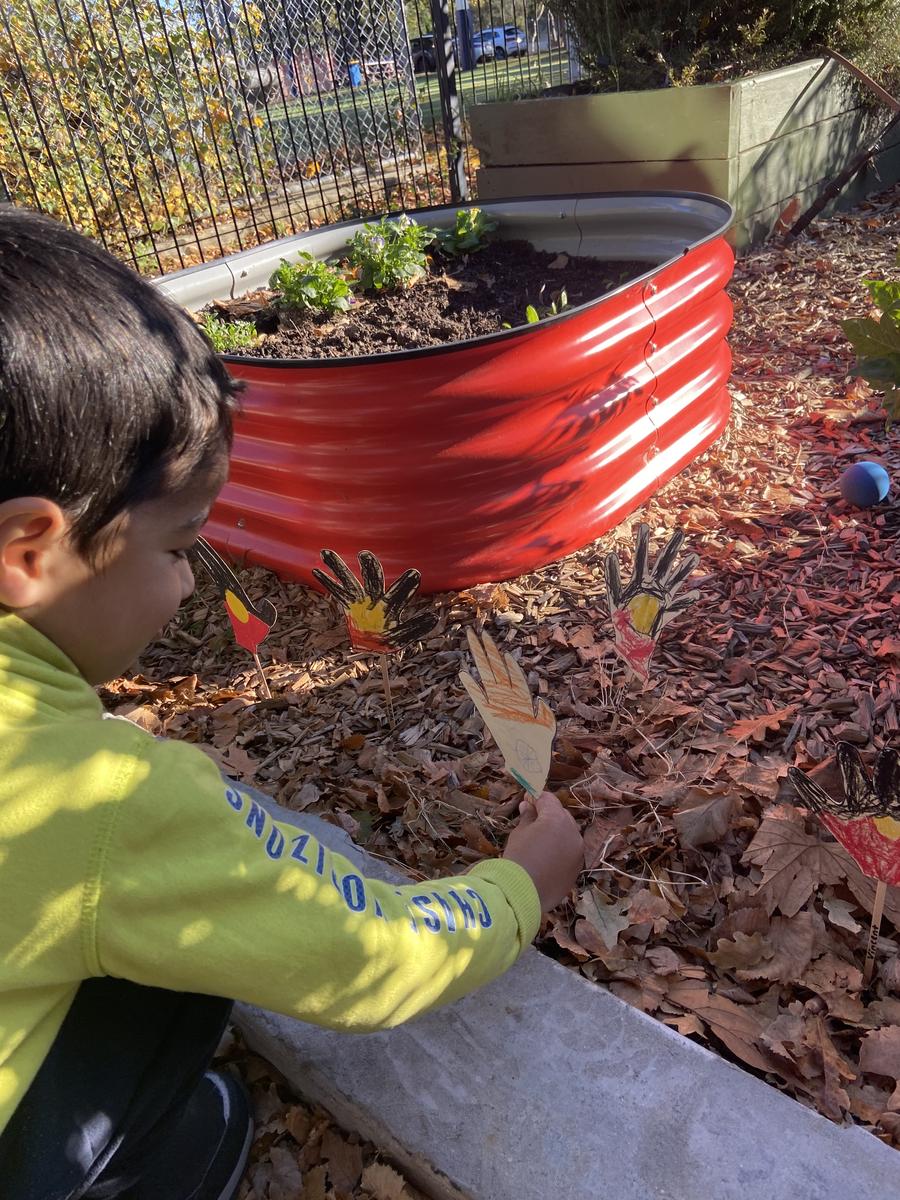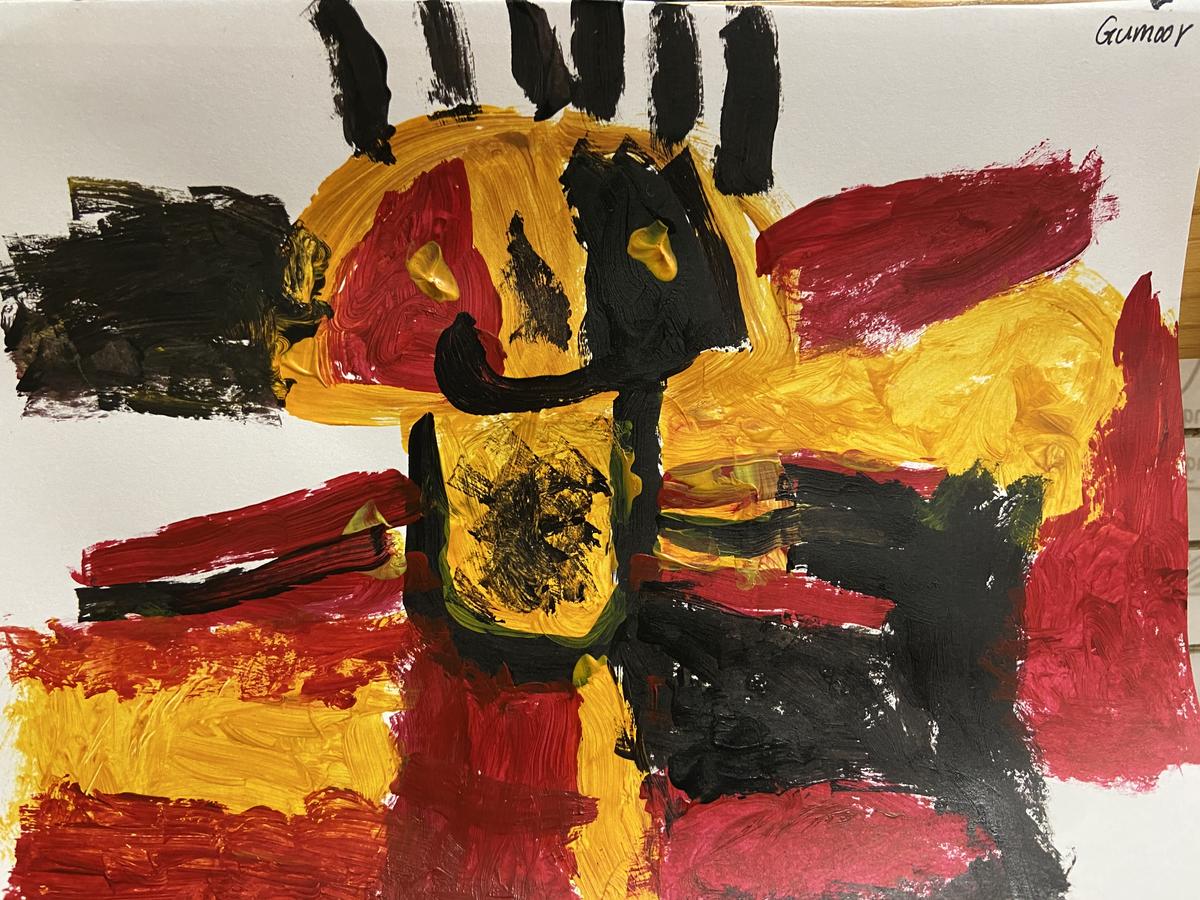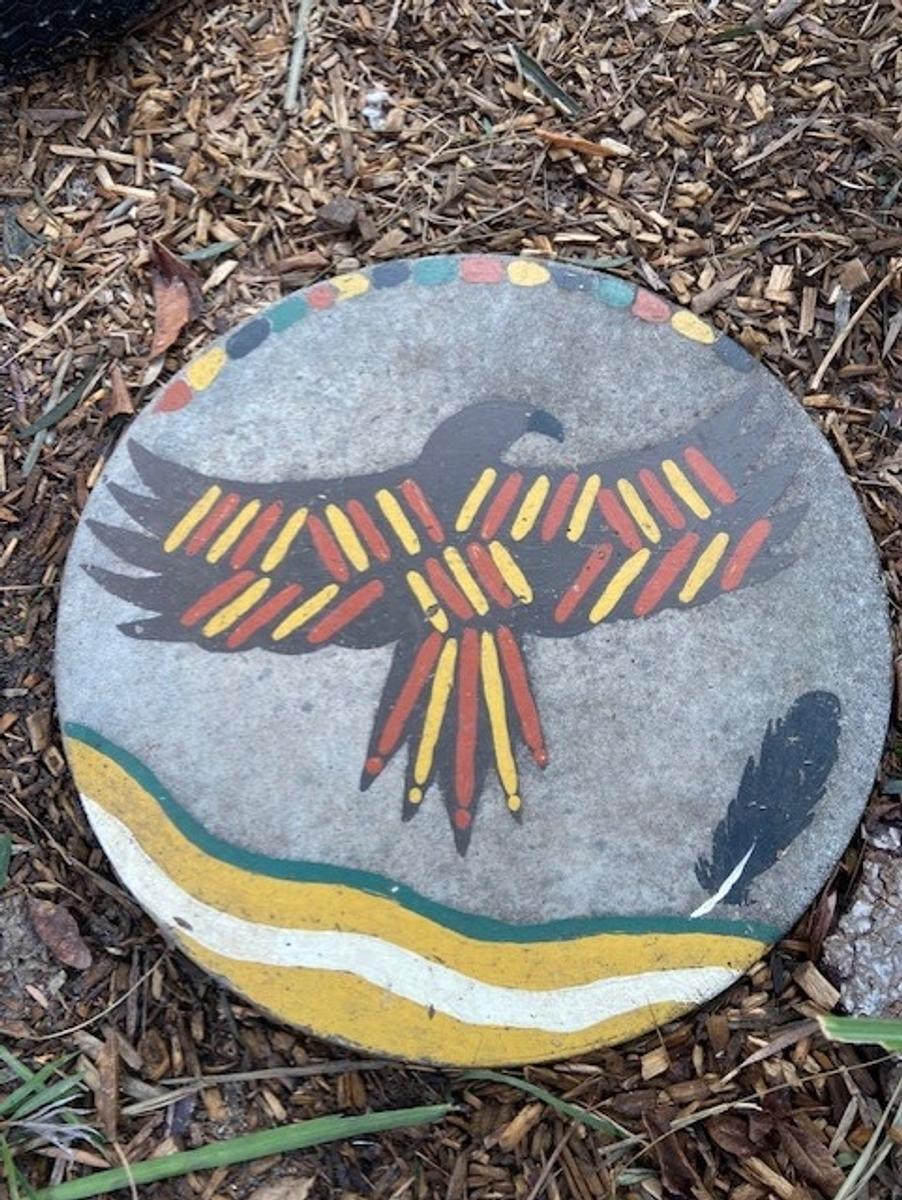Reconcilation in early childhood
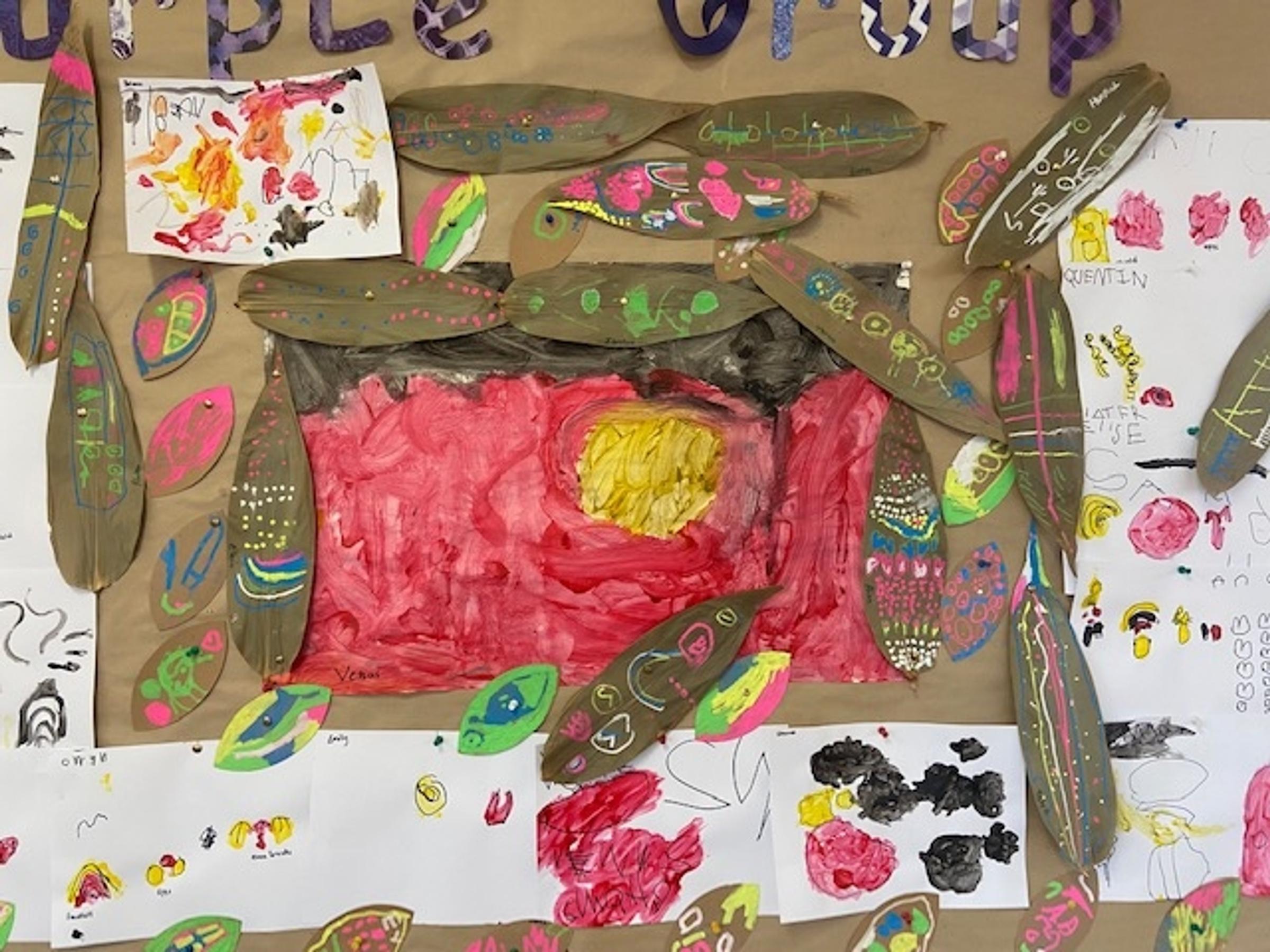
Reconciliation, what does it mean?
"Reconciliation is a term that is used widely to describe the unifying process that brings Aboriginal and Torres Strait Islander people and the broader Australian community into a more respectful relationship that restores justice and equity for everyone."
ACECQA
Becoming culturally competent is a lifelong process in learning about and through culture in meaningful ways.
Reconciliation is not a one-off event where we learn about Indigenous culture one day a year. At our kinder we have spent the last few years learning about how we can embed these respectful acknowledgements of Australia's First People's into our daily practice. We have adapted our daily acknowledgement of country as we learned more.
Every day with children we say the words
"We pay our respects to the people of the Kulin Nations,
Together we touch the land where we play and learn every day
We reach up to the sky, that covers the land
And we touch our hearts to care for the land"
Then we sing...
"Care for country, care for country
Love our land, love our land
Birds, trees and animals
People of all backgrounds
Together we stand, hand in hand"
This daily practice opens up opportunities for conversations around the weather each day, what does caring for land, people, animals etc. mean in practice? It gives us the language we can use to talk about caring for ourselves, our friends and our kinder. Children always share their perspectives on what this means and say things like "yeah, care for your family and your house too, care for your toys"
We have many resources that we use at kinder to explore in our program such as books, indigenous symbols to explore language systems, puppets (such as Bunjil the eagle- the creator spirit for the people of the Kulin Nation), clothing for our baby dolls, flags to represent Indigenous and Torres Strait Island peoples, maps of language across Australia, playschool reconciliation episodes, music and other artifacts of culture.
Essentially Reconciliation is about learning more, including during annual events such as Reconciliation Week..... we spend the week learning alongside children. This year some of the experiences we have had include....
Walking to the oval next to the school, collecting natural materials along the way. At the oval we sat in a circle, talked about the leaves, sticks, gumnuts and acorns we had found and all of the special ways people used the land where we sat such as; playing footy and cricket, walking their dogs, exercising and spending time with their families. We talked about the birds and insects that lived or spent time at the oval and how we could care for them. Then we had a fantastic conversation about how there are more than 100 different stories about how each family has come to live in Australia, some families having lived here for thousands and thousands of years like the people of the Kulin Nations, some having come by boat more than 100 years ago and some who came later by airplane.
Exploring diversity with children is always so interesting- almost all of our families have complex identities- two or more identities, languages, homes. Being proud of where you and your family come from and your identity as an Australian citizen or resident is important for children's sense of self and belonging.
"Exploring Reconciliation is finally about rights. About the right of Australia’s First Peoples to feel valued and the right of all Australians to know the history and culture of the land we call home—the land we play on, learn through and enjoy each day." ACECQA

